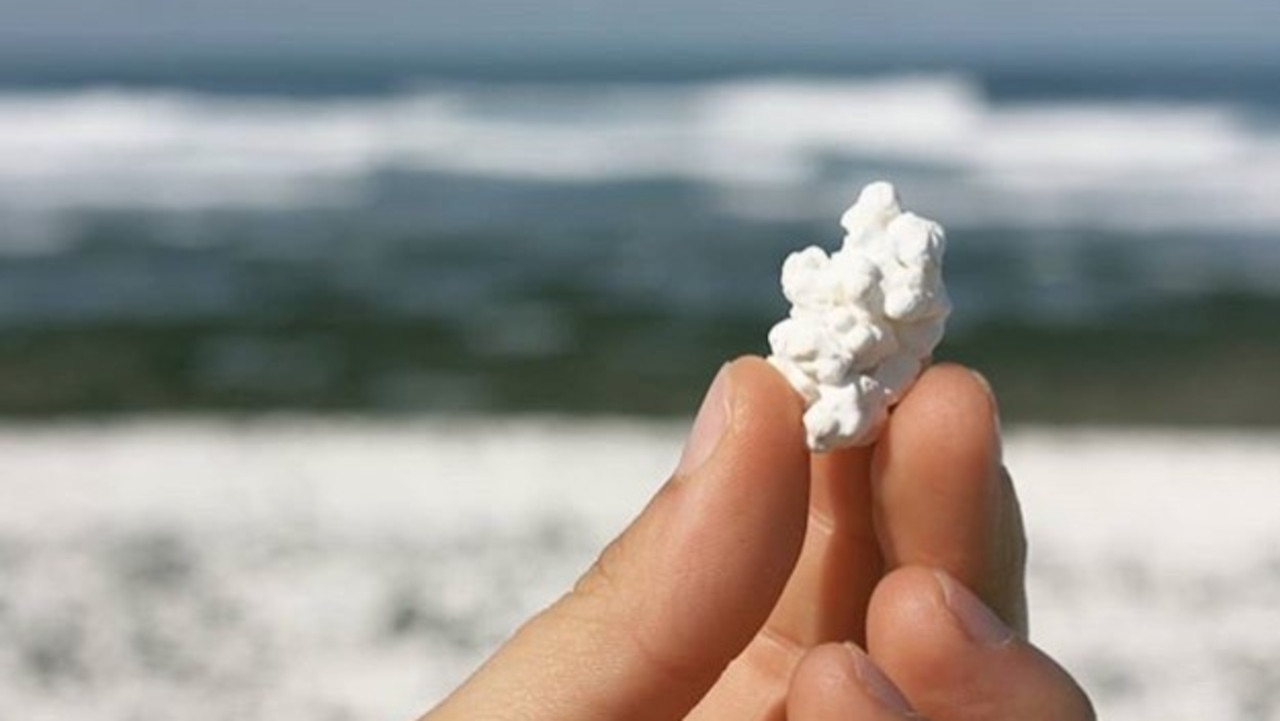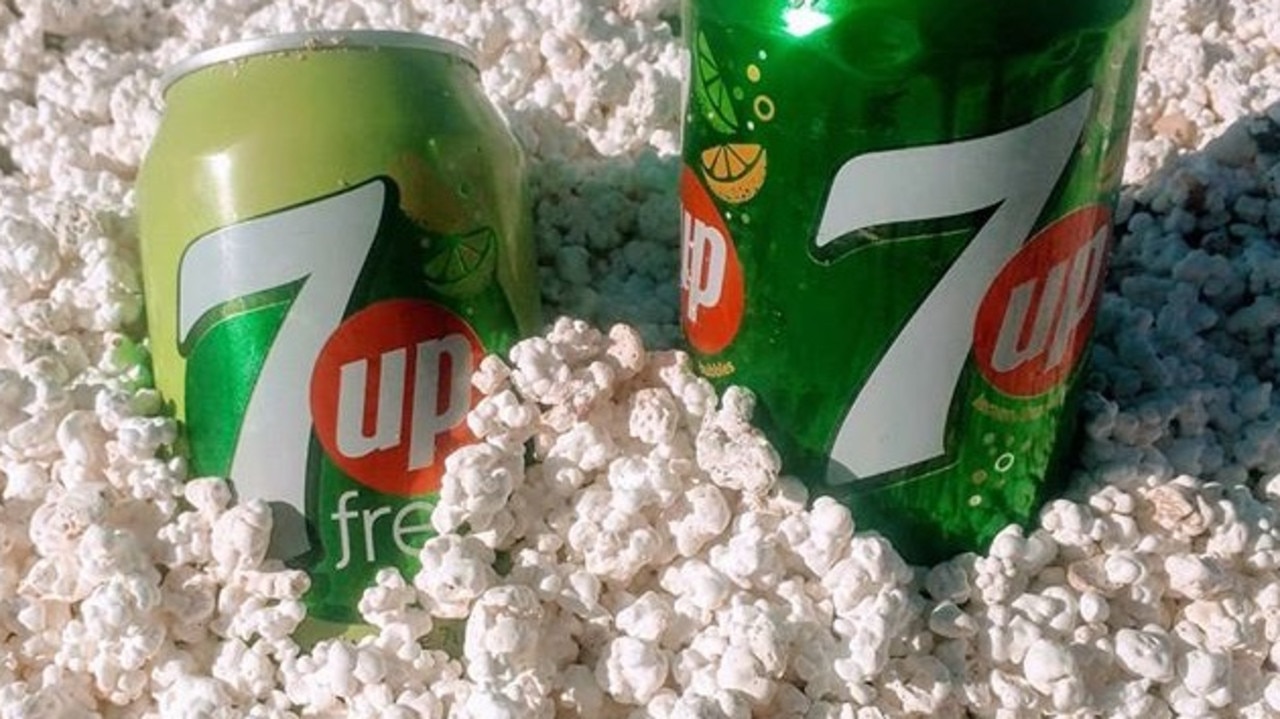A remote beach off the coast of Africa is the latest social-media sensation for its amazing popcorn look
The internet’s latest sensation is a beach that looks like it’s made of popcorn. We find other incredible beaches around the world and explain what happens in nature to create them

READING LEVEL: GREEN
A beach that looks like it is made of popcorn is a big hit on social media platform Instagram.
Instead of sand, the Canary Islands beach is covered in popcorn-sized pieces of white coral that have washed up out of the water. Not surprisingly, it’s known as Popcorn Beach or Popcorn Bay.
It’s in Corralejo, a town on the island of Fuerteventura, one of the Canary Islands. These islands are part of Spain and are in the Atlantic Ocean northwest of Africa.
The islands are a popular holiday destination with lots of beautiful beaches with white sand, bright blue water and palm trees.
From afar, Popcorn Beach looks just like any other super-white beach on the island.
But look closely and you will see what looks like pieces of popped corn covering the surface.
The pieces are actually white coral that have washed ashore and are mixed with the volcanic rocks and sand on the beach.

The coral varies in size. Some look exactly like popcorn while others are huge.
The beach has looked like this as long as locals can remember, but visitors rarely went there because it’s fairly remote*. And, importantly, it’s actually not that comfortable to sit or play on popcorn-sized pieces of rock-hard coral. Sandcastles really don’t work.
VIDEO: Australia’s best beaches for 2018, according to beach researcher Brad Farmer, who rates them by three measures: affordability*; accessibility* and whether they are authentically* Australian
MORE WEIRD BEACHES
- Squeaky Beach at Wilsons Promontory in Victoria makes a loud squeaky noise — like a baby or dog toy — when you walk on it. There are several similar squeaky beaches around Australia (including several in Queensland) and around the world.
The sand on Squeaky Beach is made up of tiny grains of perfectly round quartz*, with almost no shell pieces mixed with it.
There has been a surprising amount of scientific research to find out why the sand squeaks so loudly. Many scientists believe that when the smooth grains rub together, the air between the grains escapes in a particular way to make the squeak. But they’re not certain! - Pink sand covers a beach on the eastern side of Harbour Island in the Bahamas, in the Atlantic Ocean between North and Central America. Trillions of red microscopic* creatures called foraminifera live on coral reefs and after they die, their remains* are washed ashore and mix with the white sand, making pink sand. There are several pink beaches around the world caused by foraminifera.
- Black sand beaches are common around volcanoes, where basalt* lava has flowed in the past. One of the most famous is Reynisfjara Beach in Iceland. There are some black-sand beaches in Hawaii.
FUN FACT
A healthy coral reef sounds like popcorn. The noise is made by shrimps, or prawns. Humans can’t hear the popping without a special microphone. Marine biologists* think fish and crustaceans* use the noise to find their way back home.
EXTRA READING
Photos capture hidden world of tiny life forms
Australia to open its first surfing wave pool
Giant tubular sea worm dwarfs divers
World’s biggest shark seen at Mount Everest
GLOSSARY
- affordability: whether it is cheap enough to visit for most people to be able to go
- accessibility: whether anyone can visit, including people with a disability
- authentically: real, genuinely
- remote: a long way from anywhere
- quartz: a hard type of rock made of silica
- microscopic: can only be seen with a microscope
- remains: body of an animal after death
- basalt: dark grey volcanic rock
- biologists: scientists who study living things
- crustaceans: crabs, prawns, lobsters
LISTEN TO THIS STORY
QUICK QUIZ
- Where are the Canary Islands?
- Why didn’t many people visit before now?
- What shape are the grains of sand on Squeaky Beach?
- Name two countries with black sand beaches.
- Why do marine creatures listen for the sound of popping on a coral reef?
CLASSROOM ACTIVITIES
1. Beach Comfort
While the beach with popcorn sand might look cool, you can see why it doesn’t attract too many visitors as it’s not very comfortable to sit on!
Design a piece of equipment that you can take to the popcorn sand beach to sit, lay or play in the sand comfortably!
Sketch your design and give it a name.
2. Extension
Which type of beach do you find most interesting and that you’d like to visit and why?
Time: Allow 25 minutes
Curriculum links: Design and Technology, English
VCOP ACTIVITY
After reading the article, with a partner, highlight all the openers you can find in blue. Discuss if they are powerful and varied openers or not. Why do you think the journalists has used a mix of simple and power openers? Would you change any, and why?
HAVE YOUR SAY: Describe your perfect beach day. Where would you go and what would you do there? Why?
No one-word answers. Use full sentences to explain your thinking.

